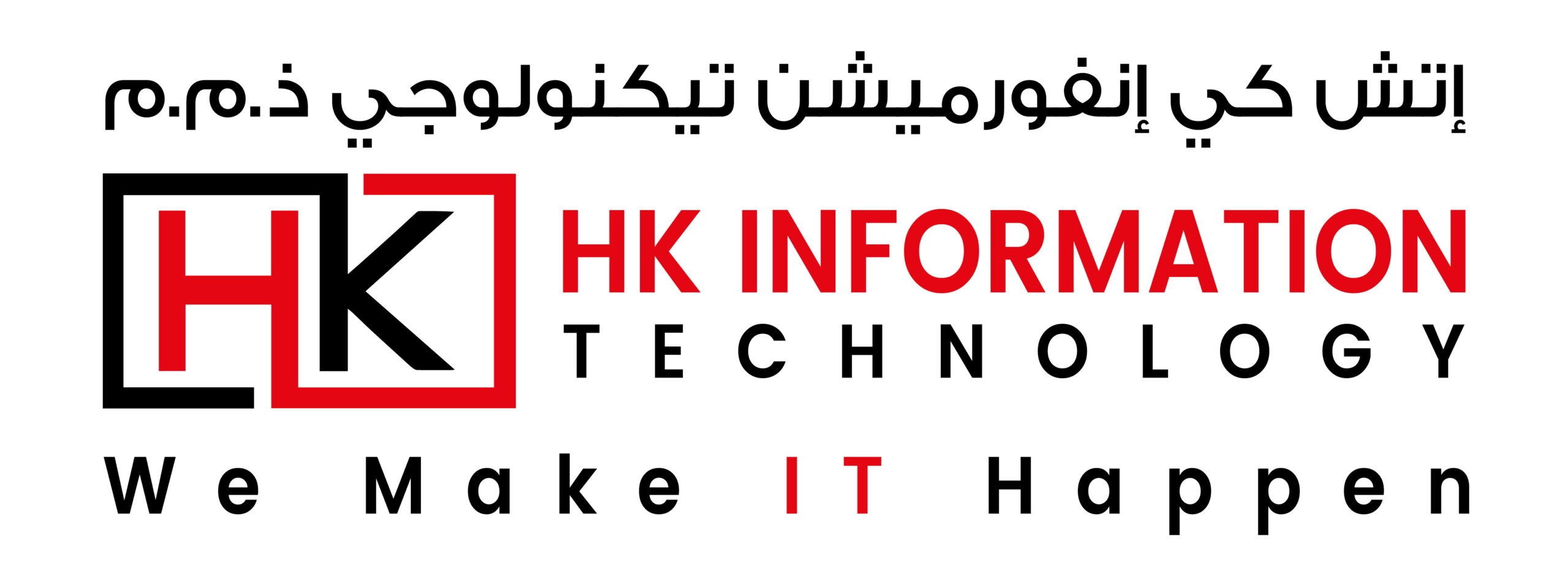In today’s fast-paced business environment, companies are constantly looking for ways to improve efficiency, reduce costs, and boost productivity. One of the most impactful ways to achieve these goals is by embracing smart office technology. By integrating automation into everyday tasks, businesses can streamline operations and empower employees to focus on high-value work.
What Is Smart Office Technology?
Smart office technology refers to a suite of tools and systems that use automation, IoT (Internet of Things), AI, and cloud computing to optimize the workplace. These tools go beyond basic IT to include smart lighting, automated meeting scheduling, intelligent climate control, workflow automation software, and more.
Benefits of Smart Office Automation
1. Improved Efficiency
Automation reduces manual, repetitive tasks such as data entry, scheduling, and reporting. This helps employees use their time more effectively.
2. Energy and Cost Savings
Smart lighting and HVAC systems can adjust automatically based on occupancy or time of day, helping reduce energy consumption and utility bills.
3. Enhanced Collaboration
Automated tools like smart conferencing systems, shared cloud platforms, and real-time collaboration apps enhance team communication, especially in hybrid work environments.
4. Better Security
Smart offices often come equipped with automated security features like biometric access control, remote surveillance, and AI-powered threat detection.
5. Data-Driven Decision Making
With IoT devices collecting real-time data, businesses gain actionable insights into space usage, energy consumption, and employee workflows.
Examples of Smart Office Automation Tools
-
IoT-Connected Devices: Smart thermostats, lighting systems, and sensors.
-
Workflow Automation Software: Tools like Zapier, Microsoft Power Automate, or Monday.com.
-
Voice Assistants & AI Bots: For scheduling meetings or answering queries.
-
Smart Conference Rooms: Auto-syncing AV equipment, wireless presentations, and digital whiteboards.
Is Your Office Ready for Automation?
Start small—consider automating one or two processes, such as appointment scheduling or energy management. Once you see the results, scaling becomes easier.
Final Thoughts
As the digital transformation continues, smart office technology is no longer a luxury—it’s a necessity. By leveraging automation, businesses can create a modern, efficient, and productive workplace that attracts top talent and drives long-term success.
